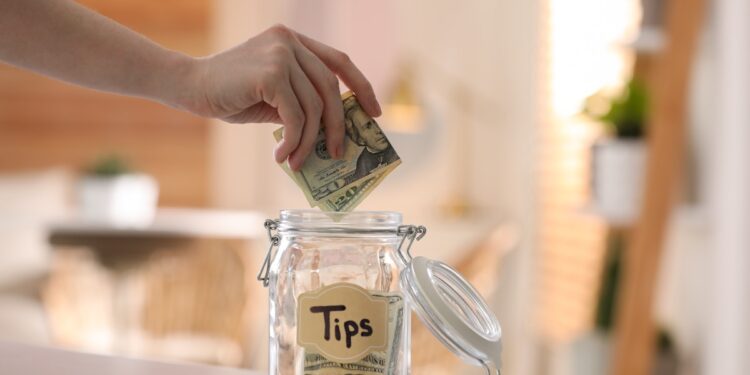The Salon Tipping Debate
The beauty industry is undergoing significant changes, especially in how payments and gratuities are handled. Conversations have been sparked by both clients and salon owners regarding the relevance and appropriateness of tipping for salon services. This debate is gaining traction due to increasing instances of tip fatigue among clients and recent efforts by the Professional Beauty Association to lobby Congress for an exemption from FICA taxes on tips.
What Is Tip Fatigue?
Tip fatigue refers to the exhaustion consumers feel from being constantly asked to tip for services, especially in industries where tipping is traditionally expected. With the cost of living increasing, many clients feel pressured by the necessity to tip even if they cannot comfortably afford it.
Why Some Salons Are Moving Towards a No-Tipping Policy
In response to client feedback and financial pressure, some salons are adopting a no-tipping policy. This can simplify pricing structures, allowing for transparent and straightforward service charges without any hidden expectations. Salons implementing this policy often adjust service prices to ensure fair compensation for their staff.
The Impact of the Professional Beauty Association’s Efforts
The Professional Beauty Association (PBA) has been pivotal in challenging the current tax system concerning tips. By lobbying for an exemption from FICA taxes, they aim to alleviate some financial burden on salon owners and employees. This step may encourage more beauty establishments to rethink their tipping policies.
Community Opinions on Tipping in Salons
Recently, our social media community engaged in a poll to gauge opinions about eliminating tips. The results indicate a divided stance: some salon-goers and professionals support the shift towards a no-tipping policy, while others feel tipping remains an integral part of rewarding exceptional service.
The Future of Tipping in the Beauty Industry
As the industry evolves, more salons might reconsider their tipping policies to align with both the financial welfare of their employees and client expectations. The outcome of the PBA’s lobbying efforts will also play a crucial role in shaping future industry practices.
Ultimately, the decision to adopt a no-tipping policy is complex and involves weighing the pros and cons for both salons and their clientele. As opinions on this issue continue to develop, beauty professionals are encouraged to engage in these discussions actively and consider what’s best for their unique business models.
Stay updated on this and other trending topics by following us on Instagram at @nailpromagazine where you can also partake in our weekly polls.
























